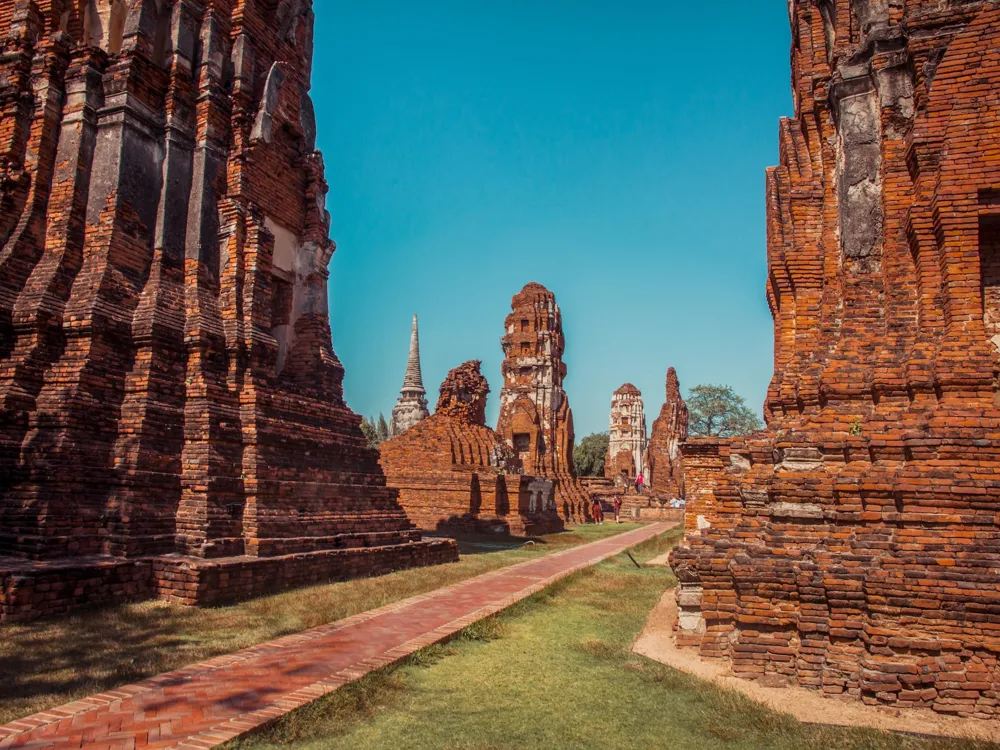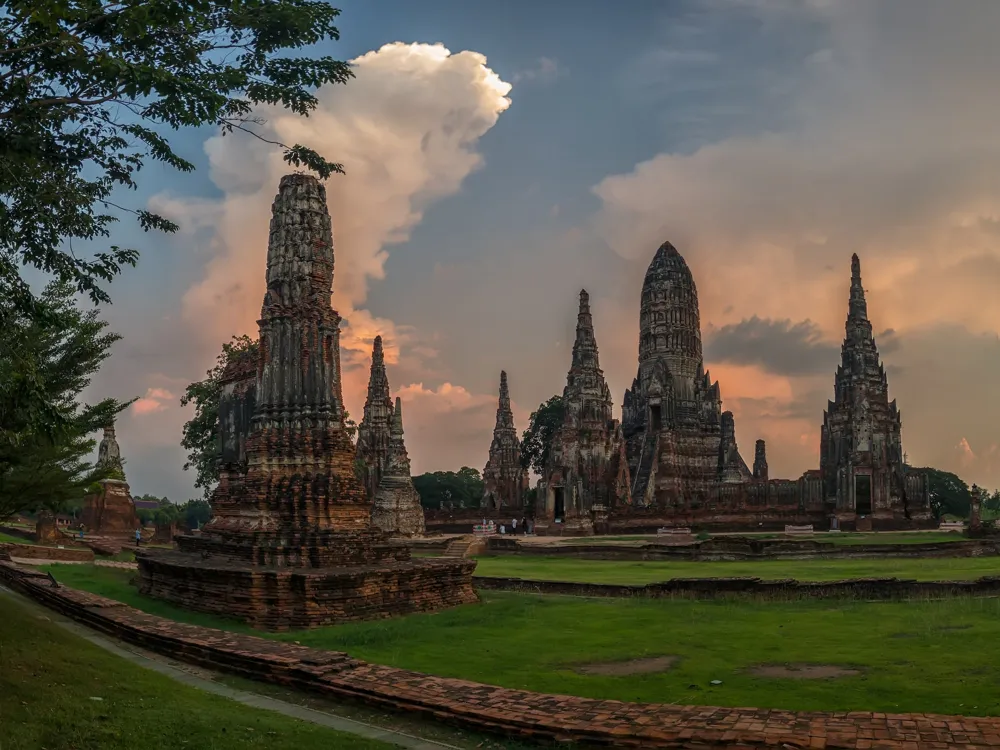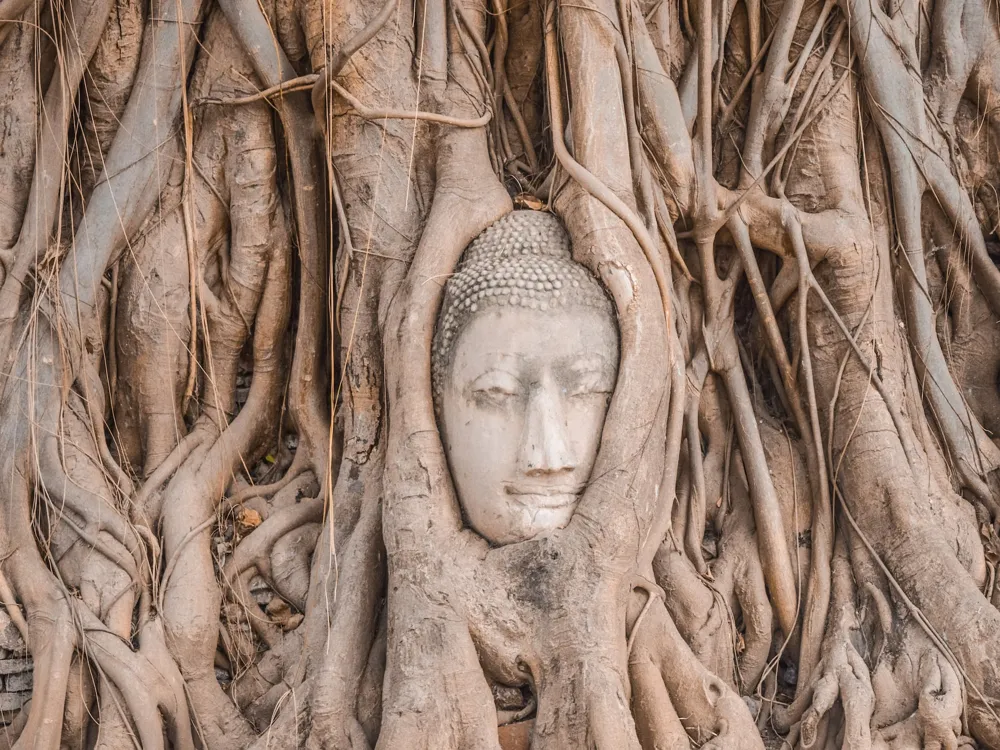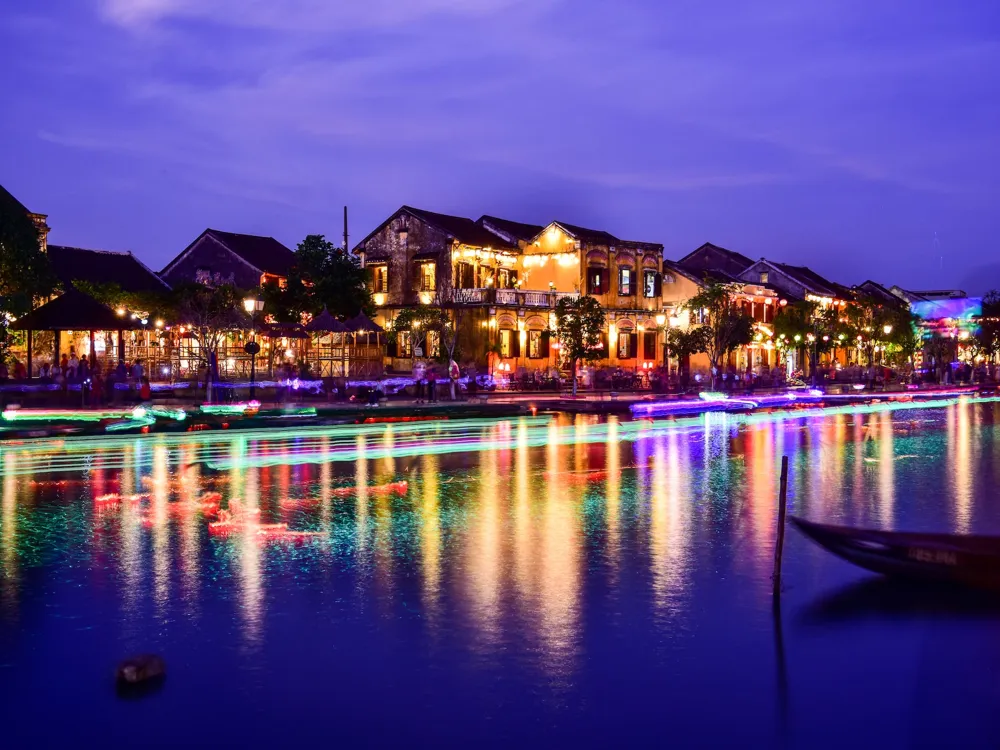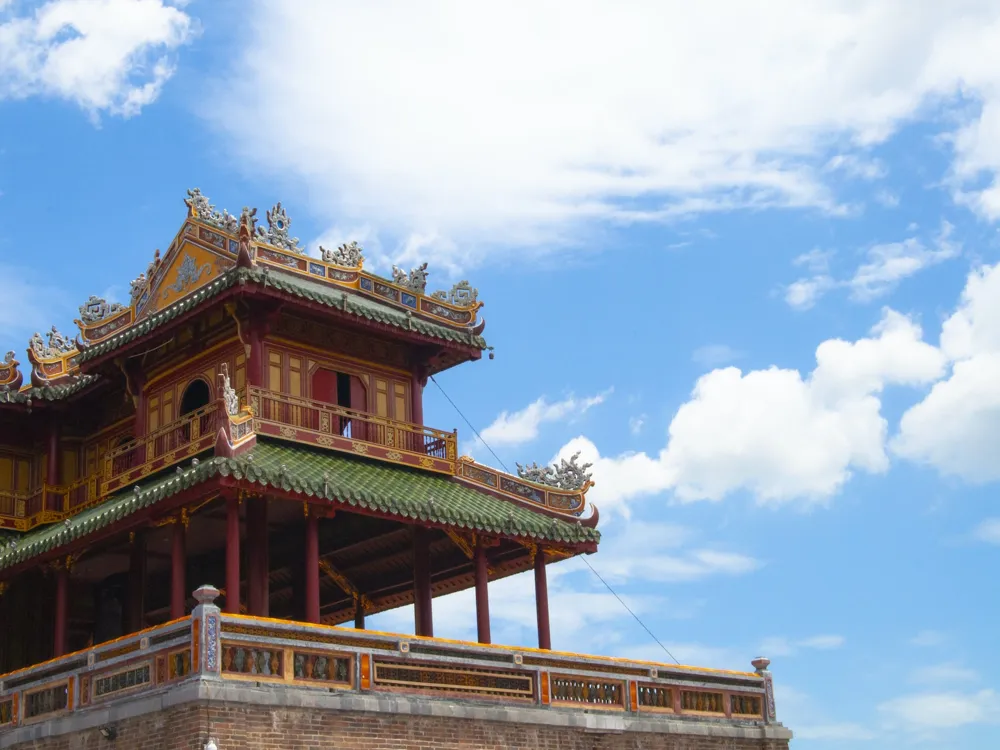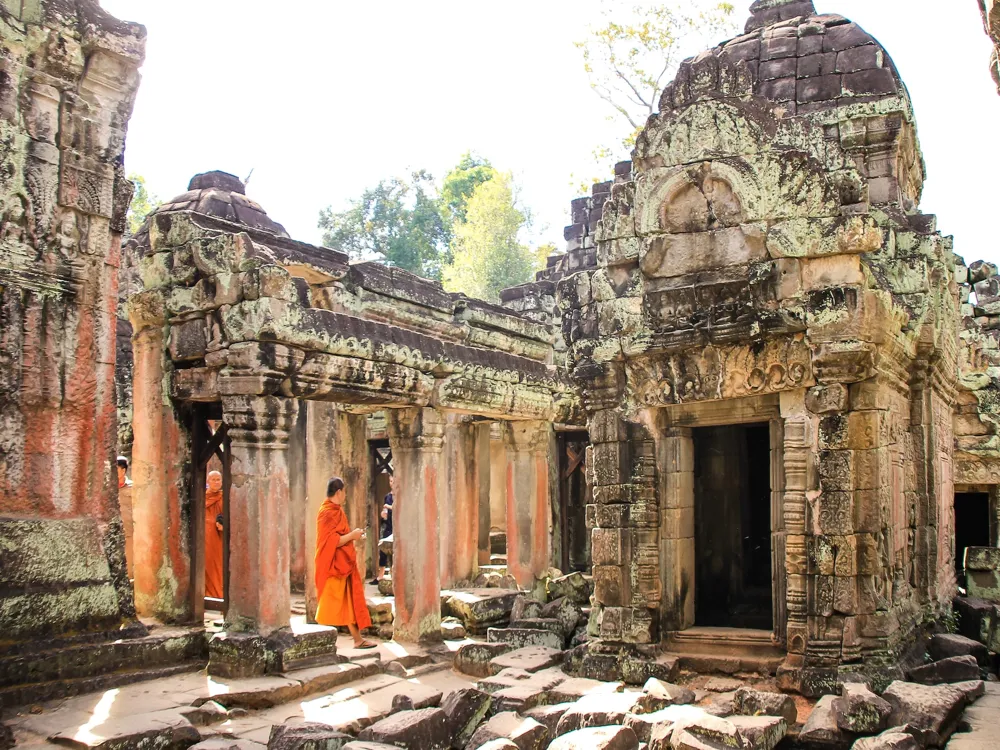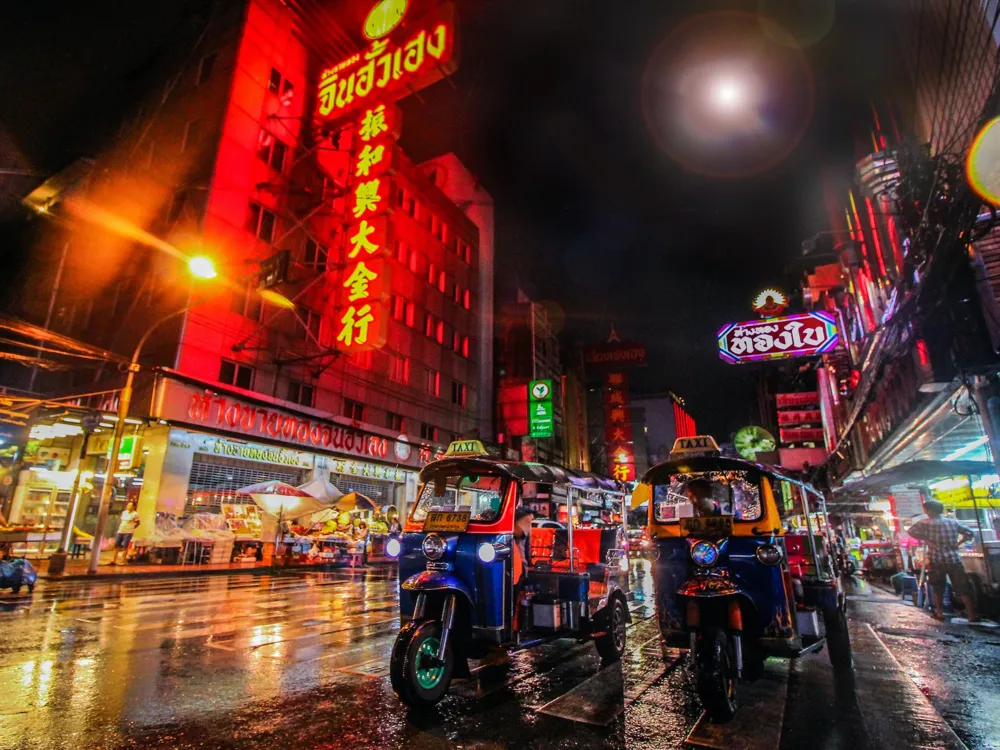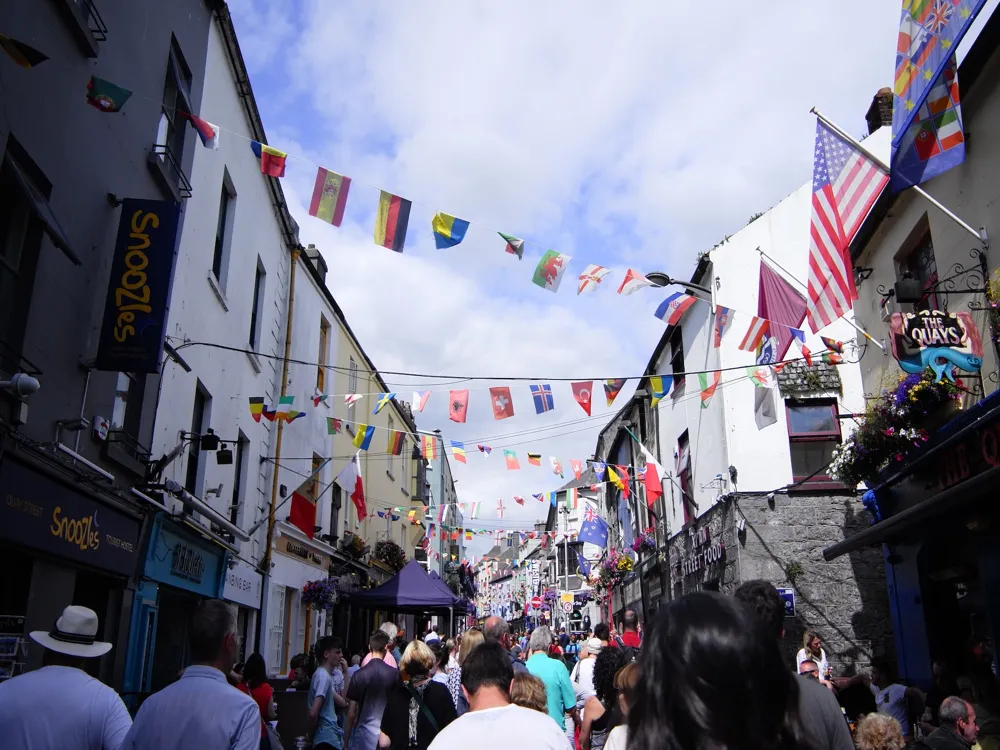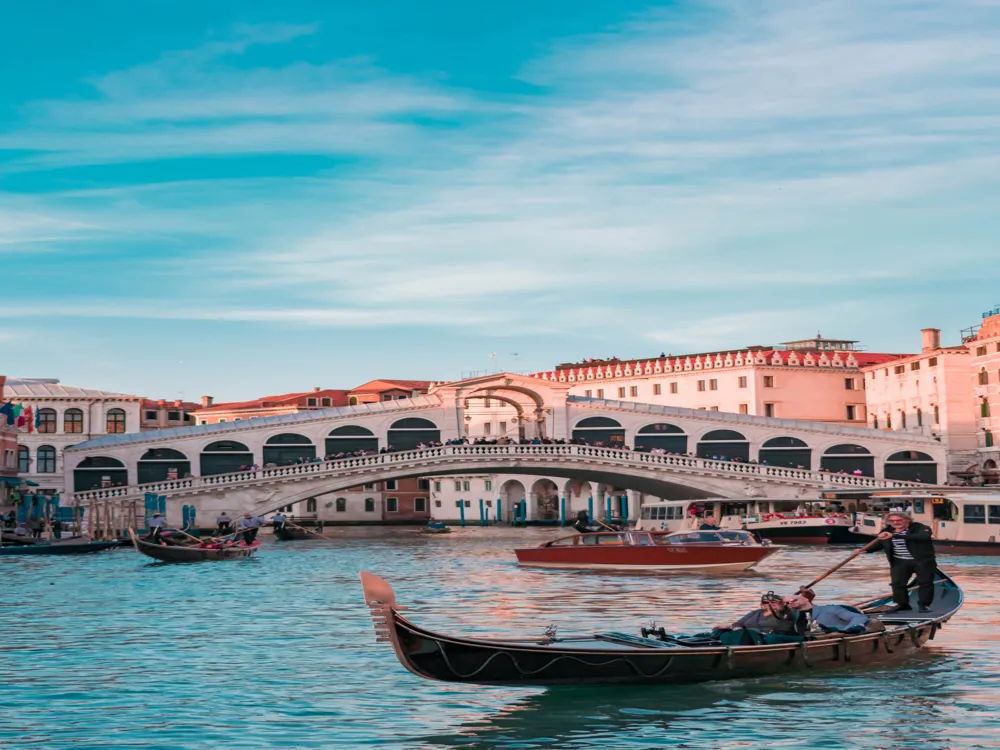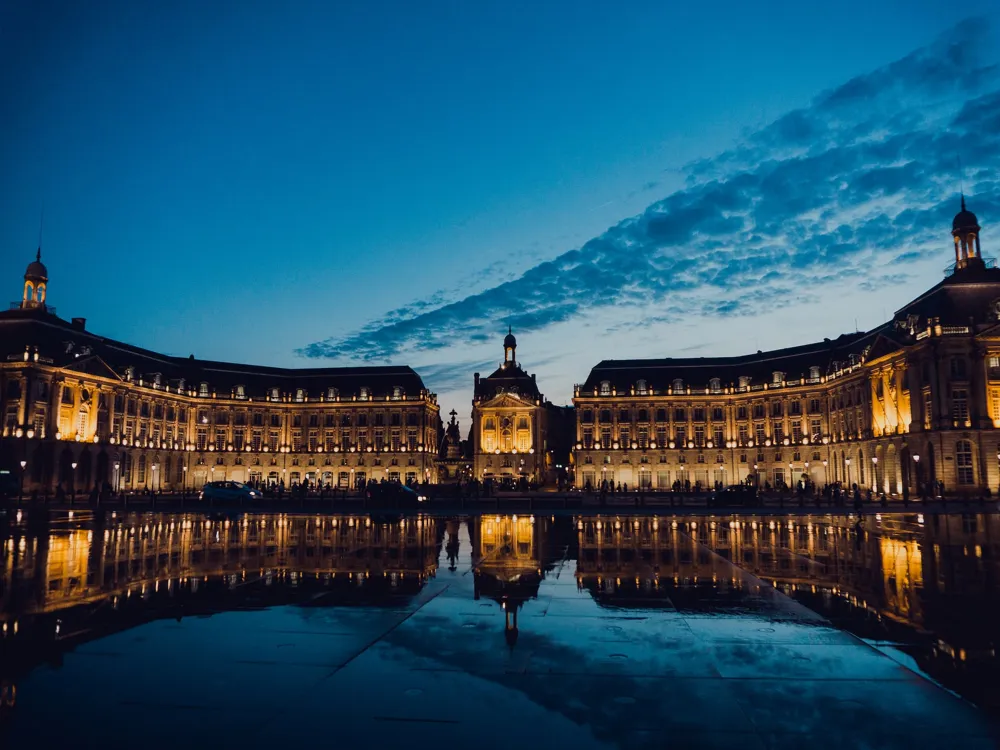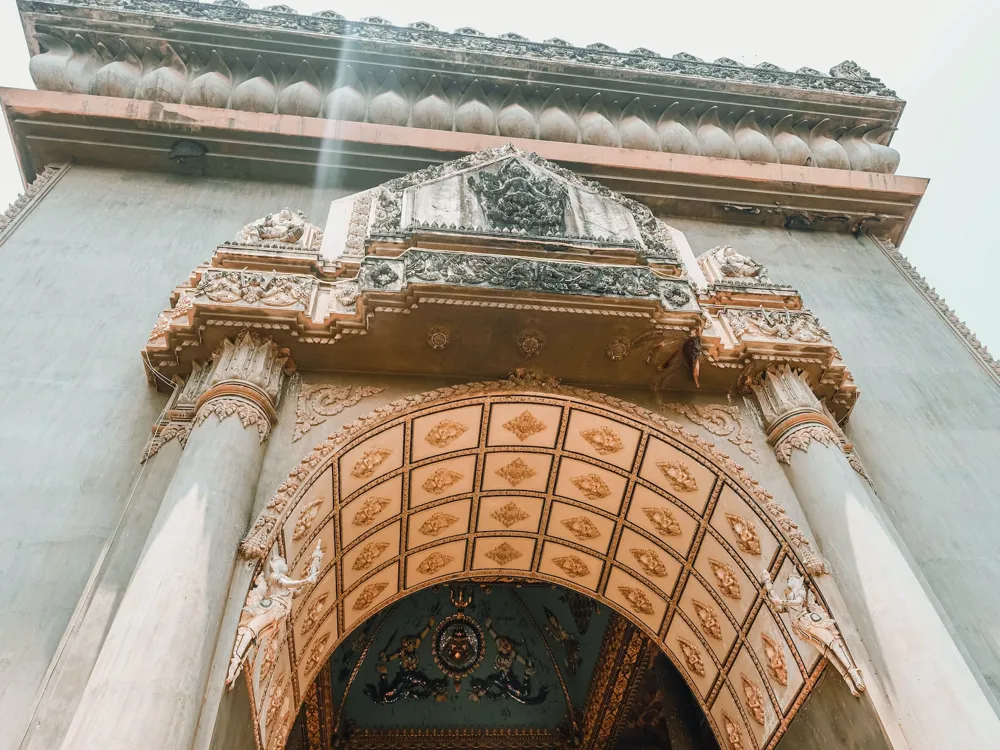Plan Your Travel To Ayutthaya
Places To Visit In Ayutthaya
Wat Chang (Monastery of the Elephant)
/wat-chang-monastery-of-the-elephant-slider-1.webp)
The semi-ruined temple is mainly famous for its biggest chedi, surrounded by a ring of elephant statues. That is why Wat Chang translates to "A Temple Surrounded by Elephants". It is said that a king had once discovered Buddha relics buried in the ground here, so he dug them up, paid homage to them, and buried them back right in. He then ordered the construction of a chedi over it which is the Wat Chang you see today.
Temple, Wat Chang is in the Hantra sub-district of Ayutthaya city which is settled before the founding of the original part of the town. Wat Chang means that a ring of elephant statues surrounds the temple's biggest Chedi, the monastery of elephants. A king once found Buddha relics here by digging them up and ordered the construction of Chedi over them, which is now called Wat Chang. The structure is half-ruined, but it is still famous for its history and the role it plays in the city of Ayutthaya. It is one of the famous landmarks and is given importance just like any other ancient structure in Ayutthaya though it is ruined and is away from the actual city.
Read More
Wat Choeng Tha
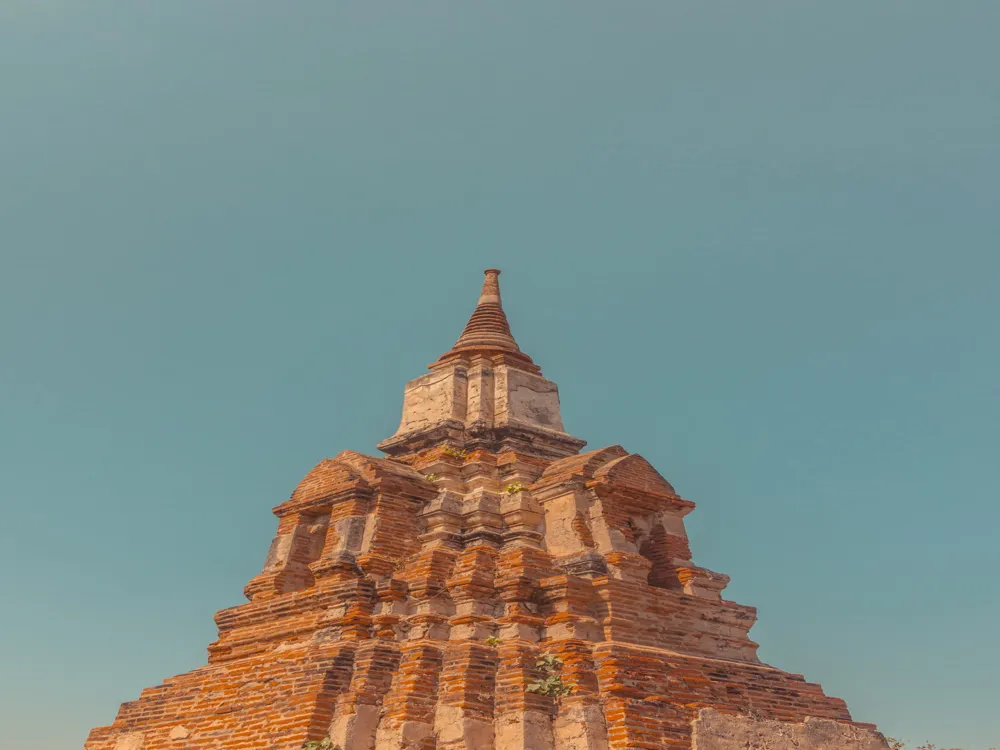
Located in the north of the city of Ayutthaya, Wat Choeng Tha is a legendary temple built in the early Ayutthaya period. It is known for its famous mural paintings, the prang or tower as well as the the interestingly shaped ordination hall with its base in the form of a boat. The temple was renovated around the mid 19th century and much of it has been preserved till the present date.
This temple was built specifically in a way so that it could face the Lopburi River. The Royal Palace was on the other side of the Lopburi River, and it was designed in a way so that the royal family could easily access it by boat. Wat Choeng Tha is still an active temple. The active part of Wat Choeng Tha is situated slightly east of the more ancient structures.
Read More
Wat Kasatrathirat Worawihan
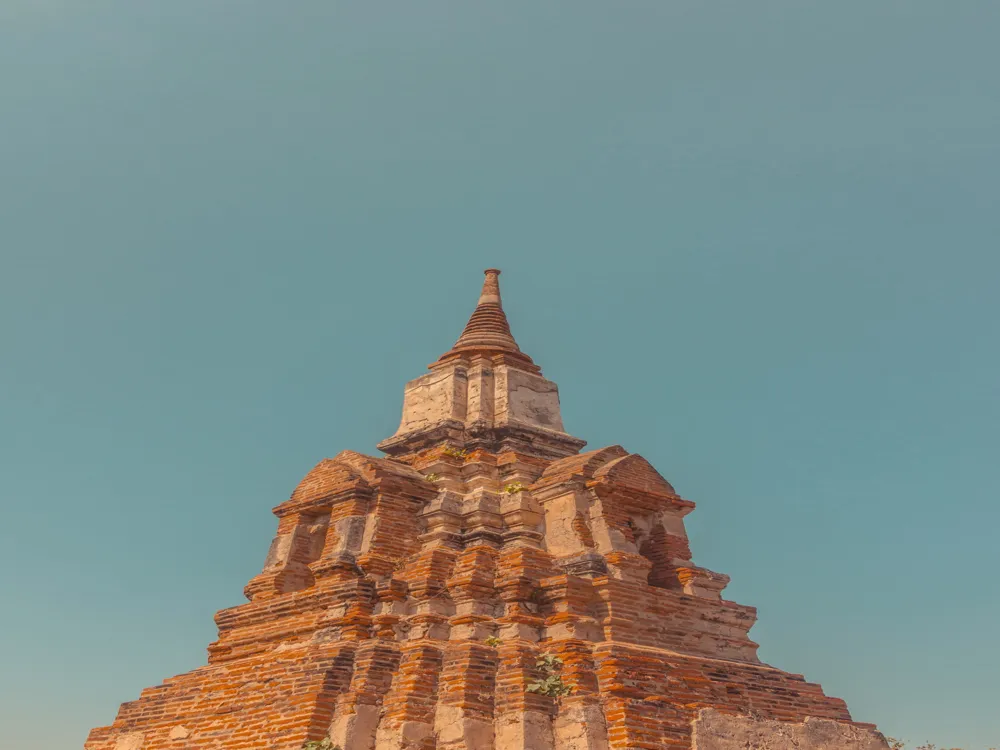
Wat Kasatrathirat Worawihan is an active monastery used by the Buddhist clergy. While most of the buildings of the complex are relatively modern, it has a history that dating back all the way to the 15th century. Destroyed by attacks, it has been restored multiple times.
Located right next to the Chao Phraya River, Wat Kasatrathirat Worawihan is not only a monk residence but an active Buddhist learning centre as well. With an attractive Buddha statue at the entrance, Wat Kasatrathirat Worawihan houses a relatively small prang in addition to a range of beautiful chapels and an ordination hall.
Read More
Wat Kudi Dao
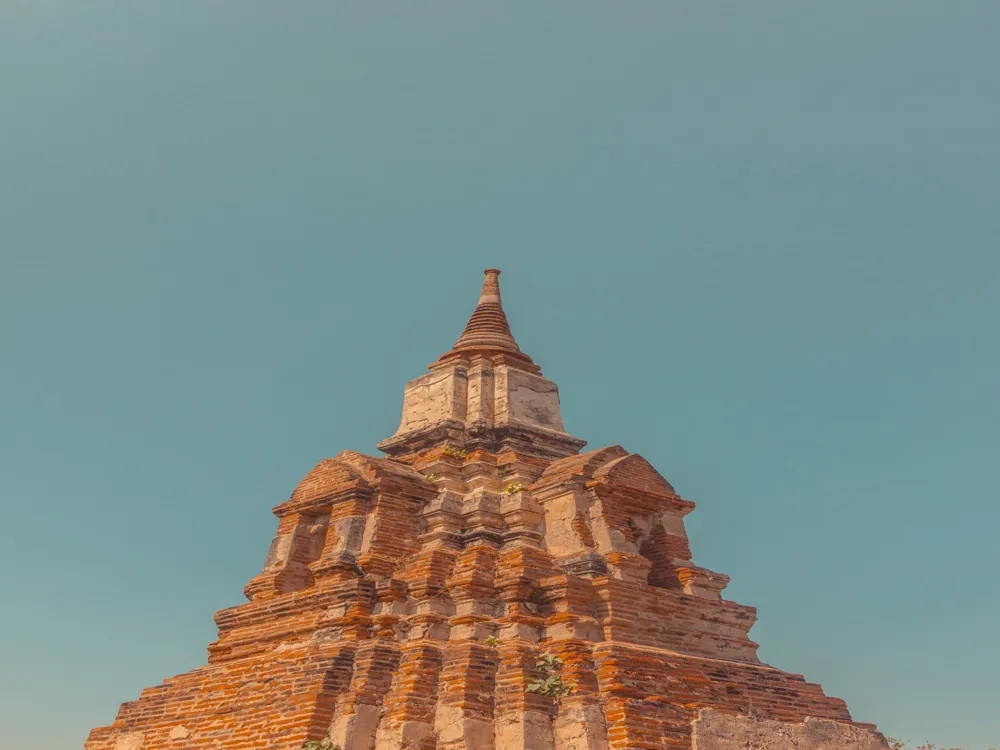
Wat Kudi Dao, also known as “Wat Kudee Dao” or “Wat Kudidao”, is a restored ruin of a Buddhist monastery in Ayutthaya district. Dubbed the Monastery of the Star Dormitory, restoration work began in 1711 and was completed in 1715. The temple was the residence of an important priest called Phra Then Muni who advised Prince Borommkot, the leader who had overlooked the restoration work.
The temple’s key features are the Sri-Lanan style chedi (stupa) at the centre flanked by a grand hall called an ‘ubusot’ to the east, an assembly hall called ‘viharn’ to the west. It was built in an area highly-concentrated by temples, including Wat Maheyong that was built by the prince’s brother. Wat Kudi Dao was abandoned with the fall of the empire in 1767, but these beautiful ruins still display the amazing craftsmanship of the empire that should not be missed.
Read More
Wat Lokayasutharam
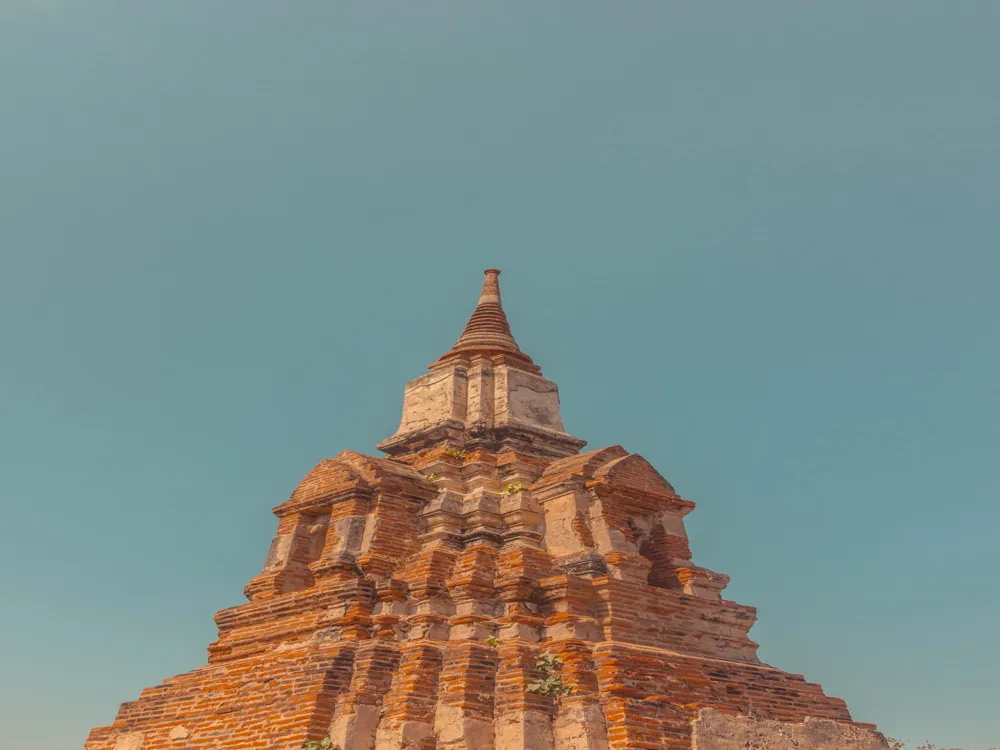
Located near the old Royal Palace and Wat Phra Si Sanphet in Ayutthaya, Wat Lokayasutharam is the site of the largest reclining Buddha statue in Ayutthaya. It is 8 metres tall, 37 metres across and built entirely out of brick giving the temple the epithet of the "Temple of the Reclining Buddha". The statue is placed among several ruins which gives it a touch of extra beauty as the only complete structure in the whole area.
Though earlier, the statue of Lord Buddha used to be covered with an orange cloth, it is now exposed to the elements. People turn in huge numbers with flowers and incense sticks to offer their prayers. The centrally placed prang is what remains in a very good condition now. Towards the northwest of the Reclining Buddha is an interestingly designed Lanna-style chedi. The other structures at Wat Lokayasutharam seemed to have been eroding with time.
Read More
Wat Mahathat
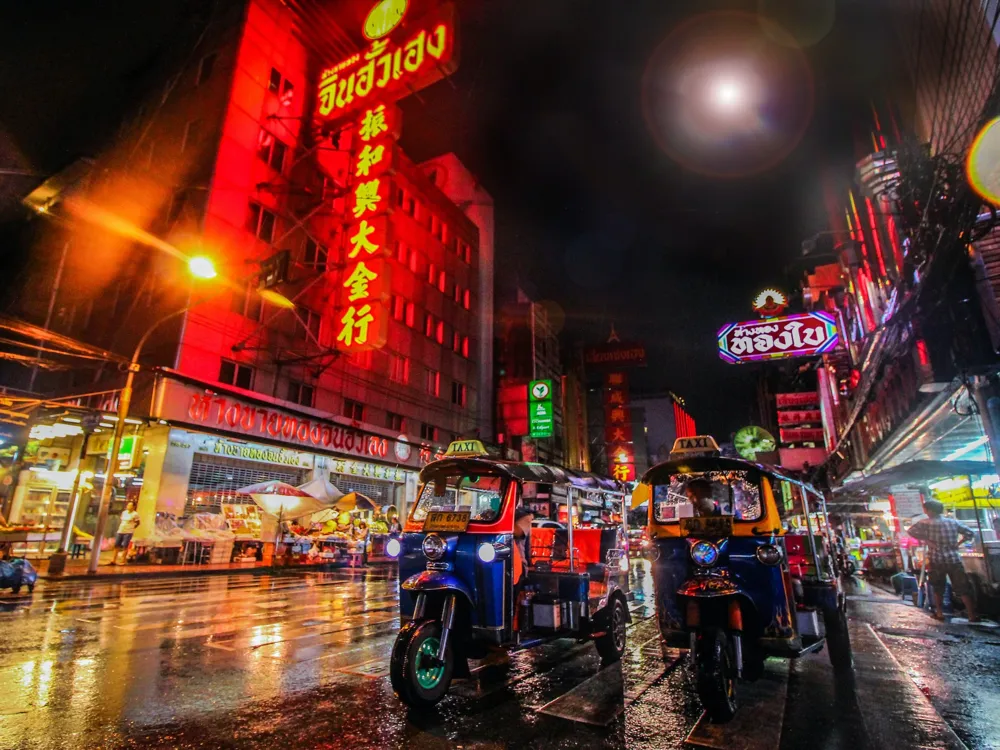
Wat Mahathat, also known as the temple of the great relics, is the place where Buddha relics were enshrined. The Supreme Patriarch, or the Holy Father sat here and commanded his disciples. The temple is said to have nearly identical structures to those in the Ankgor temple complex in Cambodia.
The residence of the Supreme Patriarch of the Thai Buddhist monks, this fascinating temple was built in the 14th century A.D. Wat Mahathat is famous for its Buddha head embedded into the roots of a tree. It is a great place for Buddhism study and meditation. SourceThe monastery contains a central prang and many chedis and viharns. The central prang was destroyed when the Burmese attacked Ayutthaya, but later it was restored again. If you're interested in history and archaeology, this place is a must visit. Wat Mahathat, once surrounded by canals, and bespeckled with gems remains one of the more important monastry complexes in the ancient city.
Read More
Wat Maheyong
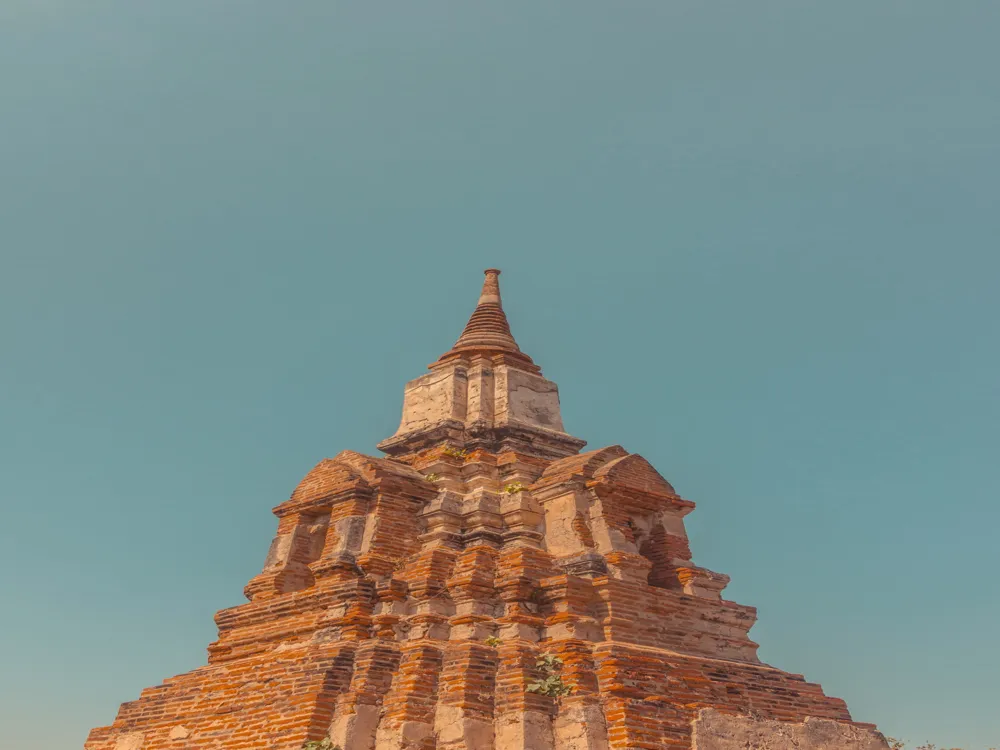
Wat Maheyong is a Buddhist monastery located just outside and on the Eastern end of the ancient city of Ayutthaya. The monastery lies in ruins although it had been restored several times in history. Believed to have been constructed as a meditation center in the 15th century, the red brick walls remain visible from afar. It has been declared as a national historical site by the “Fine Arts Department” of Thailand with the Buddhist monks being encouraged to preside over religious ceremonies held at the ordination hall (ubosot) during auspicious periods.
An adjoining monastery that specializes in vipasana, a type of meditation technique, overlooks the services and organizes a 9-day long workshop for meditation every month on the ruined site. There are a number of ponds and forested pavilions on the other side of the lanes leading to Wat Maheyong. Visitors find it peaceful and rejuvenating to stroll through the verdant land in order to reach the meditation hall.
Read More
Wat Na Phra Men
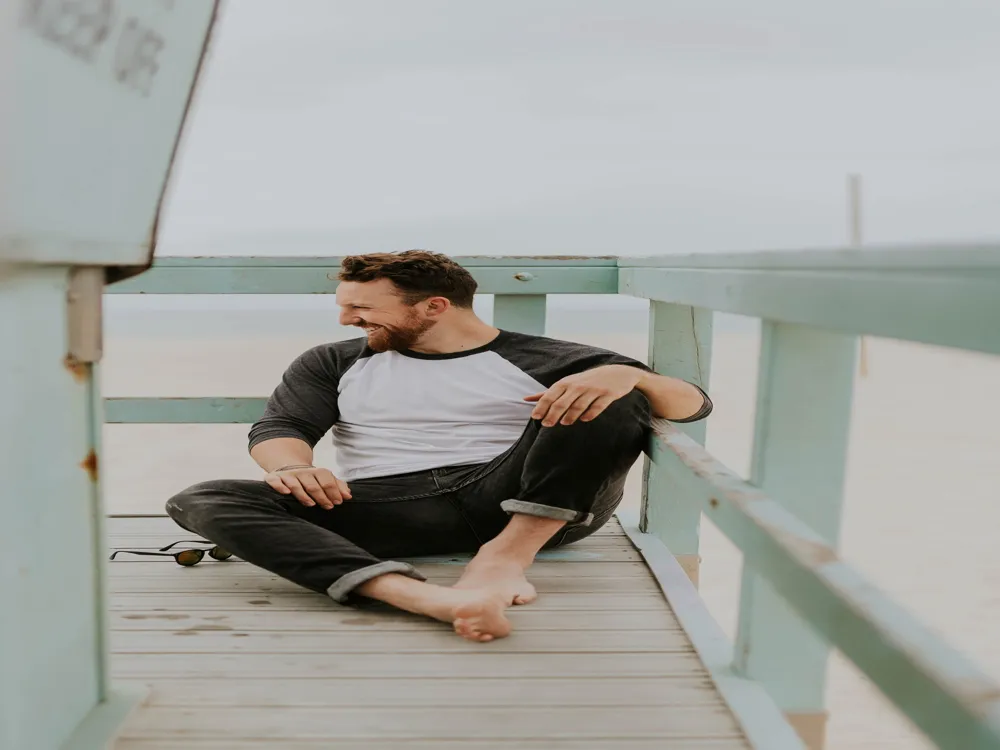
Built in the early phase of the Ayutthaya period, Wat Na Phra Men is also famously called the Monastery In Front Of the Funeral Pyre. A stunning place for worship with an extremely important history attached to it, it has one of the few unique images and statues of Buddha, which is a huge crowd puller. The temple is still active and conducts ceremonies as and when required. The architecture of this cultural heritage is no less an aspect of wonder, one that reflects the period it was built in. Wat Na Phra Men was registered as a National Historic Site in 1935.
Read More
Wat Phanan Choeng
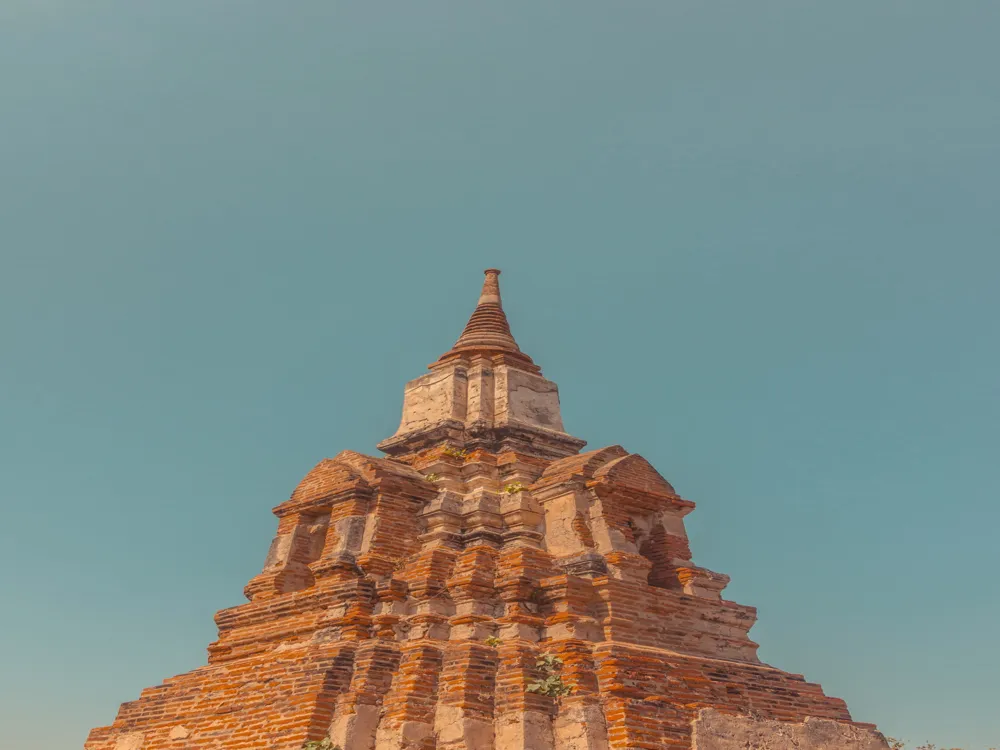
Wat Phanan Choeng is one of the spectacular Buddhist temples found within the Historical Park of Ayutthaya. It differs from the other temples in the vicinity by being a living monastery that still follows the doctrine of Buddhist faith with people worshipping the statue of the sitting Buddha. Believed to have been constructed in the latter half of the 14th century, the ruins reveal an opulence and deep spirituality. Wat Phanan Choeng is most known for an enormous gilded statue of Lord Buddha in the traditional Mara or sitting posture. Legend has it that the statue shed tears during the rampage by the Burmese army in 1767 just before the temple was ransacked and looted of its possessions. The most scenic view of the temple is apparent from a riverboat on the Pa Sak River flowing along the region. The ancient temple also includes a pier for boats making it convenient to reach it by water.
The temple complex is packed with visitors on weekends as the Buddha statue remains a highly reputed one and worshipped by the masses. The local Thais as well as the Chinese pray to the image and try to read the signs that predict their future. Archaeologists have found reasons to date Wat Phanan Choeng almost 25 years prior to the formation of the Ayutthaya city and kingdom. Surprisingly, it is surrounded by a Chinese community and centre with the area displaying a marked Chinese influence in its buildings. A shrine dedicated to a Chinese Goddess can also be found within the temple complex that is visited by the local Chinese population.
Read More
Wat Phanom Yong
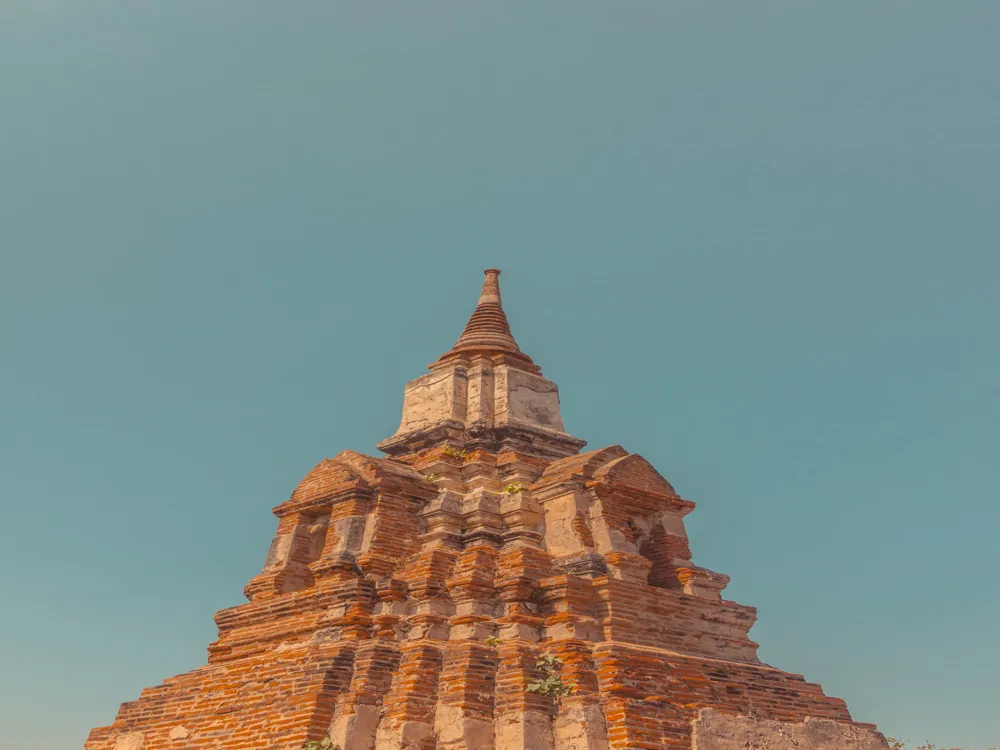
Wat Phanom Yong officially translates to "The Temple of the Wet Nurse Yong". The still-active monastery initially built on a garden owned by a King's wet nurse was eventually built by the latter in her honour. Although abandoned after the fall of the Ayutthayan empire, it was maintained by the Yong family.
Built during the reign of King Narai, Wat Phnom Yong was rebuilt by King Chulalongkorn between late 18th and early 19 centuries. With a double-tiered roof, the ubosot is supported by four columns. The elevated front porch has three entries. Hosting a vihara containing a sizeable reclining Buddha statue, the main prayer hall walls are designed in attractive murals. Wat Phanom Yong also has a crematorium building in the vicinity.
Read More
Ayutthaya Travel Packages
View All Travel Packages Ayutthaya
Nearby Places Ayutthaya
Browse Package Collections
Browse Hotel Collections
/wat-chang-monastery-of-the-elephant-slider-1.webp)










